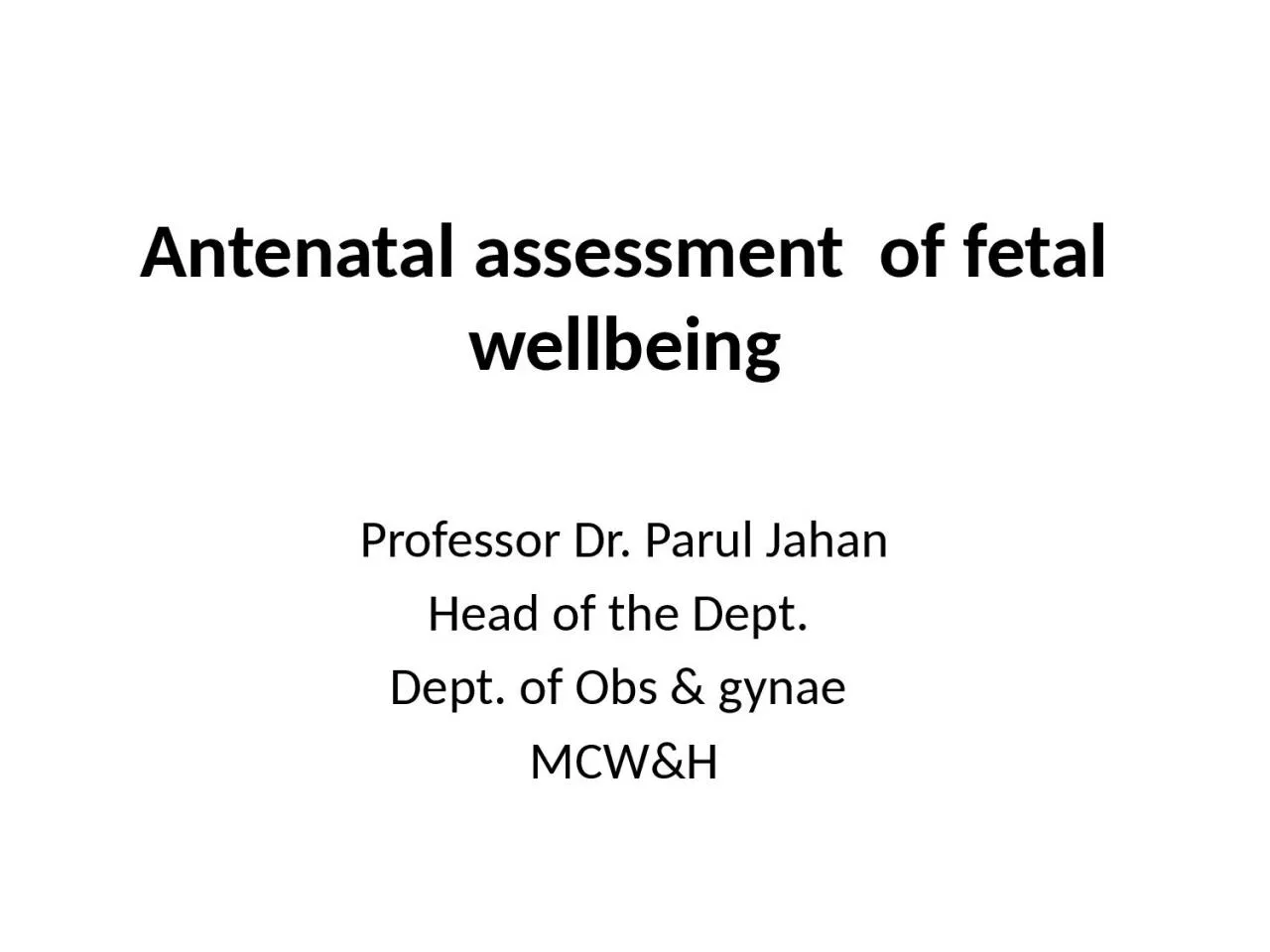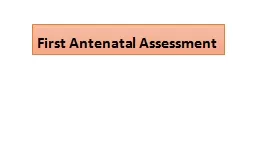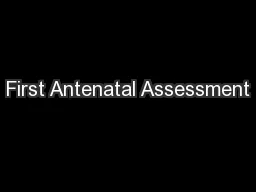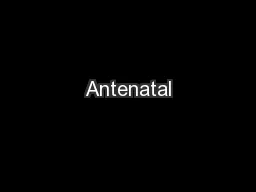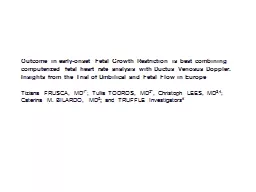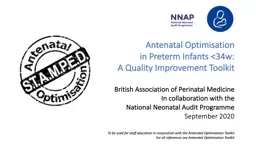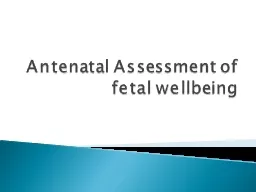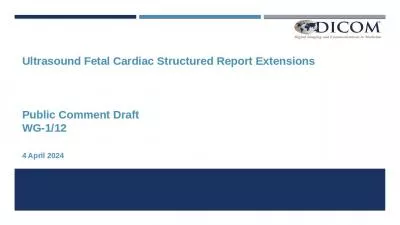PPT-Antenatal assessment of fetal wellbeing
Author : zoe | Published Date : 2022-06-15
Professor Dr Parul Jahan Head of the Dept Dept of Obs amp gynae MCWampH Definition These are some tools for assessment of fetal condition in ante natal period
Presentation Embed Code
Download Presentation
Download Presentation The PPT/PDF document "Antenatal assessment of fetal wellbeing" is the property of its rightful owner. Permission is granted to download and print the materials on this website for personal, non-commercial use only, and to display it on your personal computer provided you do not modify the materials and that you retain all copyright notices contained in the materials. By downloading content from our website, you accept the terms of this agreement.
Antenatal assessment of fetal wellbeing: Transcript
Download Rules Of Document
"Antenatal assessment of fetal wellbeing"The content belongs to its owner. You may download and print it for personal use, without modification, and keep all copyright notices. By downloading, you agree to these terms.
Related Documents

